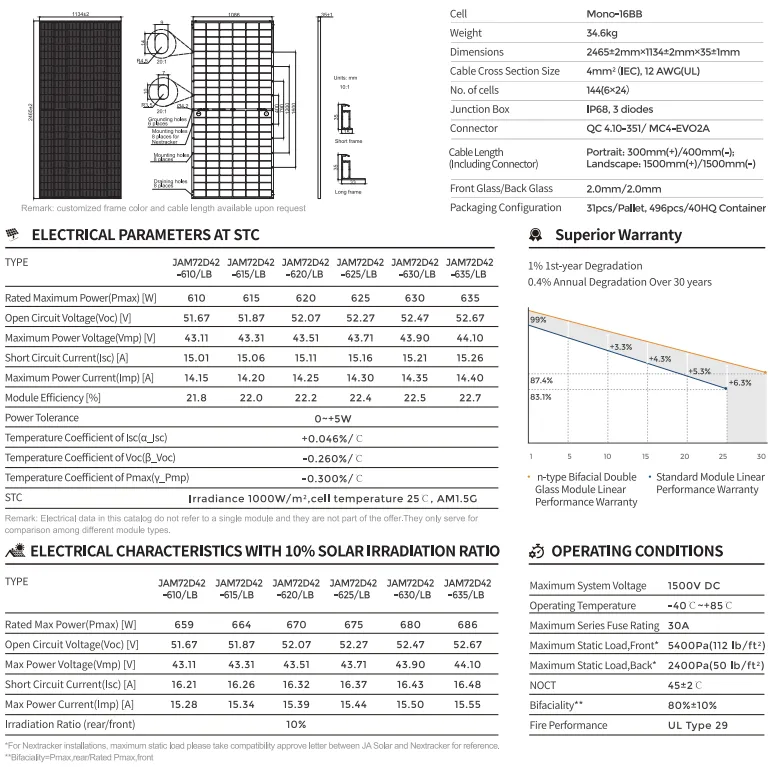DIY Guide for Constructing Your Own Solar Panels at Home
How to Build Your Own Solar Panels
Building your own solar panels can be a rewarding project, both financially and environmentally. With the growing concerns about energy consumption and climate change, many individuals are looking for sustainable alternatives to meet their energy needs. While purchasing ready-made solar panels can be costly, constructing your own can significantly reduce expenses and provide you with a deeper understanding of renewable energy. This guide will walk you through the basics of building your own solar panels.
Understanding Solar Panels
Solar panels, or photovoltaic (PV) panels, convert sunlight into electricity. They consist of many solar cells made primarily from silicon, which generates an electric current when exposed to sunlight. The basic components of a solar panel include the solar cells, a backing material, a protective glass layer, and electrical wiring.
Materials Needed
Before you start constructing your solar panel, you'll need to gather the necessary materials. Here’s a list of what you’ll need
- Solar Cells The most important component; you can purchase individual solar cells online or from renewable energy suppliers. - Plywood or a Frame This will act as the base to mount your solar cells. - Encapsulant This is usually a clear plastic that helps protect the solar cells. - Glass Sheet To cover and protect the panel. - Diode To prevent backflow of current. - Soldering Supplies For connecting the cells. - Conductive Wiring To connect your solar panel to a battery or inverter. - Sealant To waterproof the panel.
Step-by-Step Guide
1. Design the Solar Panel Decide the size of your panel and how many solar cells you need. A standard solar cell typically produces about 0.5 volts. Depending on your design, you can arrange the cells in series or parallel to achieve your desired voltage and current.
2. Prepare the Frame Cut the plywood or frame material to your desired panel dimensions. Make sure it’s sturdy enough to support the weight of the solar cells and the glass.
3. Attach Solar Cells Lay out your solar cells on the frame, space them evenly, and mark your layout. Use soldering iron and solder to connect the solar cells. Be sure to follow the wiring diagram for connecting them in series or parallel depending on your design.
solar panels how to build your own

4. Encapsulate the Cells Once the cells are connected, apply the encapsulant over the cells to protect them from moisture and physical damage. Make sure to cover all exposed areas and let it cure according to the manufacturer's instructions.
5. Install the Glass Layer Place a glass sheet over the encapsulated solar cells. This will act as a protective barrier against the elements. Use a sealant around the edges to ensure it is waterproof.
6. Wiring and Connections Connect the solar panel’s output wires to the diode and then to your battery or inverter. The diode is vital as it prevents current from flowing back into the solar cells during the night, which could damage them.
7. Testing Your Panel Once everything is connected, place your panel in direct sunlight. Use a multimeter to test the voltage and current output. Ensure that the readings align with your expectations based on the number of cells and their specifications.
8. Mounting the Solar Panel Finally, choose a location to mount your solar panel. Ensure it is oriented correctly to capture the maximum sunlight throughout the day. You may need additional hardware to secure the panel to your chosen location.
Maintenance and Considerations
Building your own solar panels is not just about assembly; maintenance is also essential. Regularly clean the glass to remove dirt and debris that can reduce efficiency. Check for any loose connections or damage after severe weather events.
Moreover, before embarking on your solar panel project, check local laws and regulations concerning energy production and installations. In some areas, micro-generation permits or inspections may be necessary.
Conclusion
Creating your own solar panels can be a fulfilling project that empowers you to harness renewable energy while saving on electricity costs. By following these steps and considering maintenance, you can contribute to sustainability and reduce your carbon footprint. With determination and the right materials, you'll be well on your way to enjoying the benefits of solar energy in your home.
-
Unlocking Energy Freedom with the Off Grid Solar InverterNewsJun.06,2025
-
Unlock More Solar Power with a High-Efficiency Bifacial Solar PanelNewsJun.06,2025
-
Power Your Future with High-Efficiency Monocrystalline Solar PanelsNewsJun.06,2025
-
Next-Gen Solar Power Starts with Micro Solar InvertersNewsJun.06,2025
-
Harnessing Peak Efficiency with the On Grid Solar InverterNewsJun.06,2025
-
Discover Unmatched Efficiency with the Latest String Solar InverterNewsJun.06,2025







